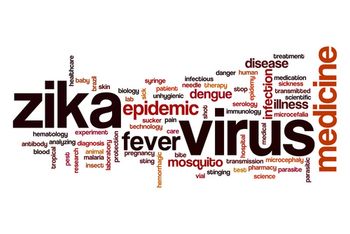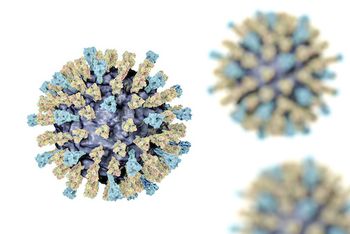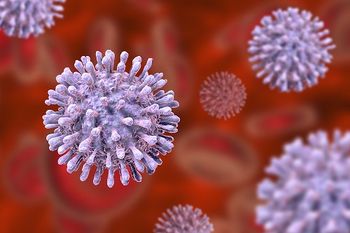
Researchers may have found a way to broaden the US kidney transplant supply list.

In case you missed them, here are our top 5 articles for the week of May 7, 2017.

The CDC released new preliminary surveillance data showing that over five years, the number of new hepatitis C infections has nearly tripled in number.

A study conducted by researchers from the University of Bristol analyzed survival rate trends among HIV-positive patients from the United States and Europe.

The World Health Organization has just confirmed a case of Ebola virus in the Democratic Republic of Congo.

At the 2017 Annual EIS Conference, researchers presented findings from a prospective case-control study on acute Zika infection at 9 hospitals in Puerto Rico, as well as on a patient who was paralyzed due to Guillain-Barre Syndrome, unrelated to Zika infection.

A new study published in the CDC's Morbidity and Mortality Weekly Report details an increasing trend of hepatitis C infection in pregnant women, especially in the state of Tennessee.

UNC School of Medicine researchers have identified a new HIV reservoir, a finding that can be used to inform cure research.

A new study sheds light on the mechanisms behind the development of emphysema in 30% of HIV-positive individuals.

Are contaminated CRISPR kits a new source for resistant organisms?

As widespread and regional flu activity in the United States continues to dwindle, health officials are ready to say "goodbye" to flu season as they channel their efforts into preparing for the next one.

There are several diseases that pose a high risk in the dental healthcare setting; a review article highlights ones that are preventable by immunization.

This week’s Public Health News Watch focuses on news that the new American Healthcare Act (AHCA), recently approved by the House, reportedly will not cover those with preexisting conditions.

A former Food and Drug Administration (FDA) deputy commissioner, Scott Gottlieb, MD, was confirmed by the Senate by a vote of 57-42 to be the next commissioner of the FDA.

In a recent webinar, the CDC and the HHS’s National Vaccine Program Office discussed global efforts being made to eradicate polio, measles, and rubella in the United States.

Health officials in Minnesota have linked the state’s biggest measles outbreak in decades to anti-vaccination efforts centered on one immigrant community.

There has been an increase in STDs seen in US emergency departments, a setting that proves to be less than optimal for providing STD care.

In case you missed them, here are last month's Top 5 news articles from Contagion®.

In case you missed them, here are our top 5 articles for the week of April 30, 2017.

The CDC just released updated testing recommendations for asymptomatic pregnant women with possible exposure to the Zika virus.

Today, May 5th, is Hand Hygiene Day, a day that reminds healthcare workers, visitors, and policy makers alike, that frequent handwashing can be used to fight the growing threat of antibiotic resistance, and ultimately, save millions of lives.

Epidemic Intelligence Service officers from the Centers for Diseases Control and Prevention recently released research revealing that cases of Q Fever may be underreported in the United States.

The results of a recent study reveal a high prevalence of colonization of multidrug-resistant gram-negative bacteria in nursing home residents, emphasizing the need to enhance infection control and prevention in these institutions.

Despite the best intentions, hospital accreditation surveys have become a breeding ground for low expectations.

The rates of primary and secondary syphilis in the United States have increased by 19% from 2014 to 2015, and the CDC notes that preliminary data suggests that there was a “similar rate of increase in the first 6 months of 2016.”

In certain locations in China, it’s now as easy to purchase an HIV test kit as it is a snack. But are rapid HIV self-tests the next big thing, or a big bust?

The Centers for Disease Control and Prevention (CDC) just released new guidelines on community-based pandemic prevention.

A shift in materials used in developing shaving brushes in the United States and England during WWI may have resulted in an increase in anthrax cases.

This week’s Public Health News Watch captures the all-too-common story of TJ, an American who brings his ailing mother across the border into Mexico for healthcare that he is otherwise unable to afford at home.

In a collaborative effort, scientists from Johns Hopkins School of Medicine and George Washington University have found that defective HIV proviruses can complicate monitoring the true viral load within patients and distract the immune system from attacking the functional virus.